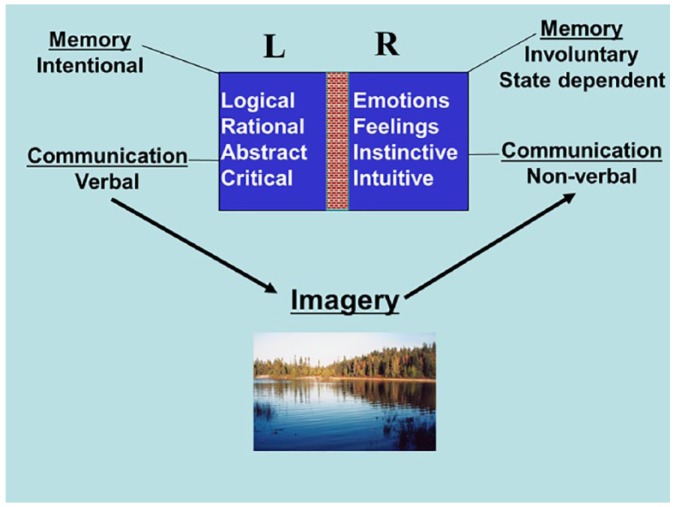什么是催眠?它是如何起作用的?
引用次数: 13
摘要
本文章由计算机程序翻译,如有差异,请以英文原文为准。

What is hypnosis and how might it work?
Creative Commons Non Commercial CC BY-NC: This article is distributed under the terms of the Creative Commons Attribution-NonCommercial 4.0 License (http://www.creativecommons.org/licenses/by-nc/4.0/) which permits non-commercial use, reproduction and distribution of the work without further permission provided the original work is attributed as specified on the SAGE and Open Access pages (https://us.sagepub.com/en-us/nam/open-access-at-sage). Hypnosis can be seen as ‘a waking state of awareness, (or consciousness), in which a person’s attention is detached from his or her immediate environment and is absorbed by inner experiences such as feelings, cognition and imagery’.1 Hypnotic induction involves focusing of attention and imaginative involvement to the point where what is being imagined feels real. By the use and acceptance of suggestions, the clinician and patient construct a hypnotic reality.
求助全文
通过发布文献求助,成功后即可免费获取论文全文。
去求助
来源期刊
自引率
0.00%
发文量
0
审稿时长
15 weeks
期刊介绍:
Palliative Care and Social Practice is an international, peer-reviewed, open access journal that publishes articles on all aspects of palliative care. It welcomes articles from symptom science, clinical practice, and health services research. However, its aim is also to publish cutting-edge research from the realm of social practice - from public health theory and practice, social medicine, and social work, to social sciences related to dying and its care, as well as policy, criticism, and cultural studies. We encourage reports from work with under-represented groups, community development, and studies of civic engagement in end of life issues. Furthermore, we encourage scholarly articles that challenge current thinking about dying, its current care models and practices, and current understandings of grief and bereavement. We want to showcase the next generation of palliative care innovation research and practice - in clinics and in the wider society. Relaunched in July 2019. Partnered with Public Health Palliative Care International (PHPCI) (Title 2008-2018: - Palliative Care: Research and Treatment)

 求助内容:
求助内容: 应助结果提醒方式:
应助结果提醒方式:


